
Ancient civilizations were incredibly resourceful, creating innovative solutions to everyday problems that remain relevant today. Their ingenuity and deep understanding of natural resources enabled them to develop practices and tools that continue to inspire modern living. From advanced dental care to sustainable agriculture, these ancient life hacks demonstrate a blend of practicality and sophistication. Here are twelve remarkable innovations from the past that offer valuable lessons for contemporary life, highlighting how ancient wisdom has even survived to help us today.
The ancient Egyptians were pioneers in many aspects of daily life, including dental hygiene. Their innovation in this area is particularly noteworthy given the era's limited technology. They developed a form of toothpaste that significantly contributed to oral health, showcasing their resourcefulness and understanding of natural ingredients. Egyptian toothpaste dates back to around 5000 BCE. Dental care was essential due to their diet, which included coarse bread and other abrasive foods that could damage teeth.

The Egyptians recognized the need for a cleaning substance to maintain oral health and fresh breath. The Egyptian approach to using natural ingredients for dental care has influenced modern trends in oral hygiene. Many contemporary toothpastes now include natural components such as baking soda, salt, and essential oils for their beneficial properties.
The ancient Egyptian toothpaste was made from a blend of natural ingredients:
Crushed Rock Salt: Served as an abrasive to scrub away food particles and plaque from the teeth.
Mint: Added for its aromatic properties, providing a pleasant taste and freshening breath.
Dried Iris Flowers: Likely included for their antibacterial properties and fragrance.
Pepper: Possibly used for its antimicrobial properties and to stimulate the gums.
These ingredients were ground into a fine powder and mixed with a small amount of water to create a paste. This mixture was then applied to the teeth using a twig or a primitive form of a toothbrush made from frayed twigs or sticks.
Benefits and Efficacy:
The abrasive nature of the ingredients helped to remove food particles and plaque, reducing the risk of dental decay and gum disease. Ingredients like rock salt and pepper had natural antibacterial properties, which helped to kill harmful bacteria in the mouth. Mint and dried iris flowers provided a fresh scent, improving oral freshness.
2. Greek Fireproofing
The ancient Greeks were pioneers in many fields, including fire safety. They discovered that applying a mixture of vinegar, alum, and clay to wood could significantly reduce its flammability. This mixture created a protective barrier that slowed the burning process, making it harder for fires to spread.
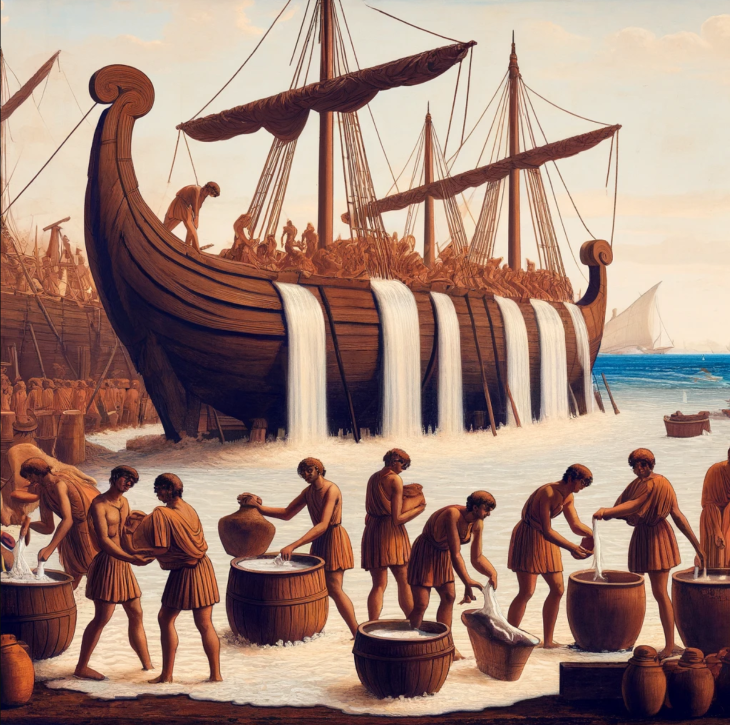
Modern Application: Today's fireproofing technologies have evolved from these early methods. Modern fire-retardant coatings often include similar principles, using chemicals to create a barrier that insulates the material from heat. These coatings are crucial in construction, particularly in areas prone to wildfires. They are also used in the manufacturing of furniture, textiles, and even clothing for firefighters. By revisiting and refining ancient techniques, we continue to improve fire safety measures, protecting lives and property.
The Romans were masters of engineering, and their hypocaust system is a testament to their ingenuity. The hypocaust was an early form of central heating, where a furnace would heat air that circulated through a series of empty spaces beneath the floors and within the walls of buildings. This hot air would then rise, warming the rooms above.
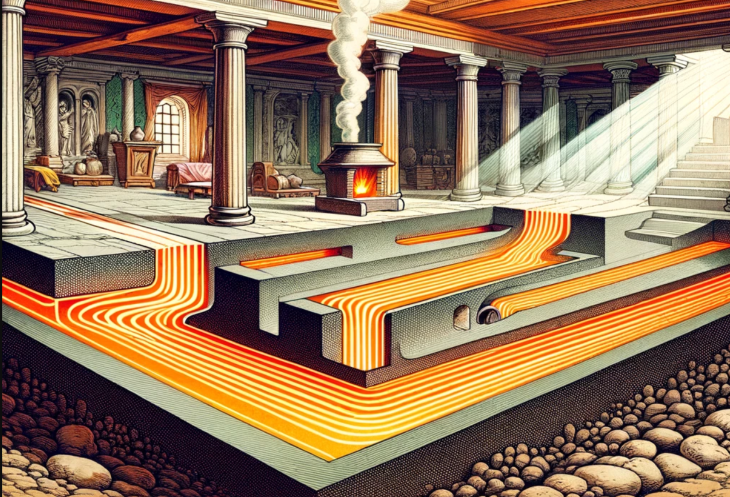
Modern Application: The concept of underfloor heating has seen a resurgence in recent years as a highly efficient way to heat homes. Modern underfloor heating systems use either electric heating elements or hot water pipes installed beneath the floor. These systems provide consistent and even heat distribution, improve energy efficiency, and enhance comfort. The Roman hypocaust system laid the groundwork for these contemporary heating solutions, demonstrating how ancient innovations can inspire and improve modern technology.
The Chinese were the first to use paper money, a lightweight and convenient alternative to carrying heavy coins. This innovation simplified trade and commerce, and it encourages us to appreciate the convenience of digital payments and banking today. The concept of paper money initiated by the Chinese has evolved into the global financial system we use today, including digital payments, credit cards, and online banking.
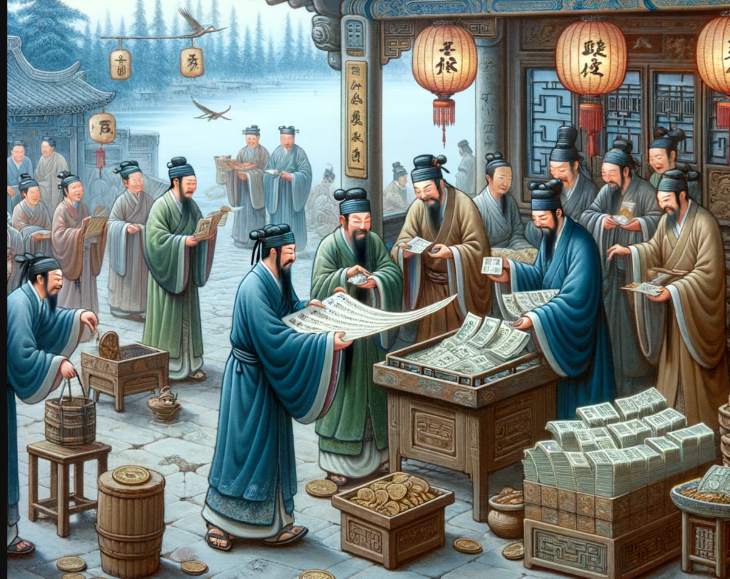
The Mayans, an ancient civilization that flourished in Mesoamerica, developed one of the most sophisticated and accurate calendar systems of the ancient world. Their calendar system was highly complex, comprising several interlocking cycles that allowed them to track time with remarkable precision. The Mayans were keen astronomers and their calendar reflected their deep understanding of celestial movements. They could predict solar and lunar eclipses and had precise knowledge of the cycles of Venus and Mars. This astronomical precision was crucial for agricultural planning, religious ceremonies, and political events.
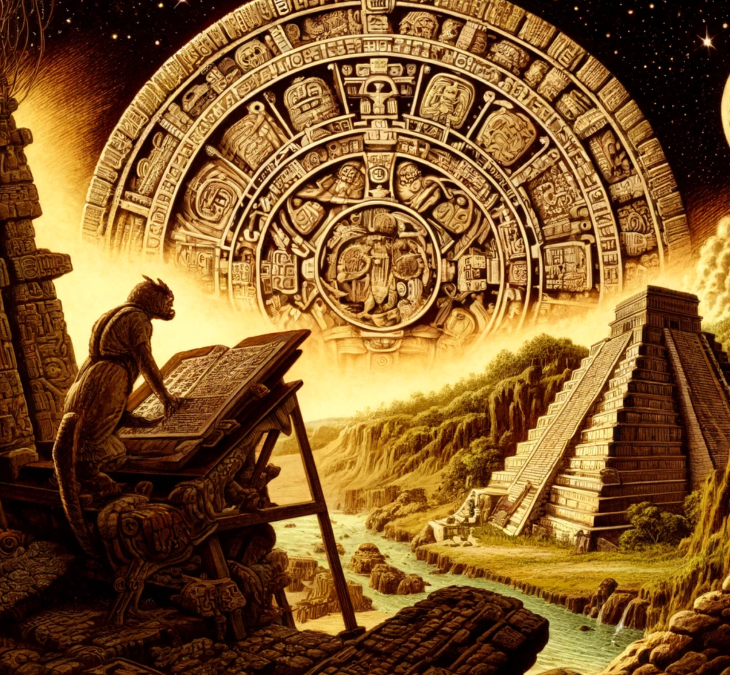
The Mayan calendar was not just a tool for timekeeping; it was deeply intertwined with their culture, religion, and worldview. Each day in the Tzolk'in had specific meanings and was associated with different gods, spirits, and elements of nature. This system influenced daily life, agricultural activities, and even the naming of children. The Mayans' advanced knowledge of astronomy continues to inspire modern scientists and astronomers. Their methods of tracking celestial bodies and predicting astronomical events laid the groundwork for further developments in these fields.
6. Egyptian Eye Makeup
The ancient Egyptians were not only pioneers in the realms of architecture and writing but also in personal grooming and health practices. One of their most notable contributions to beauty and health is the use of kohl eyeliner, which served both cosmetic and practical purposes. Kohl eyeliner, made from a mixture of galena (a lead-based mineral), malachite (a copper ore), and other ingredients, was a staple in the daily lives of ancient Egyptians. Men, women, and even children adorned their eyes with this dark substance.
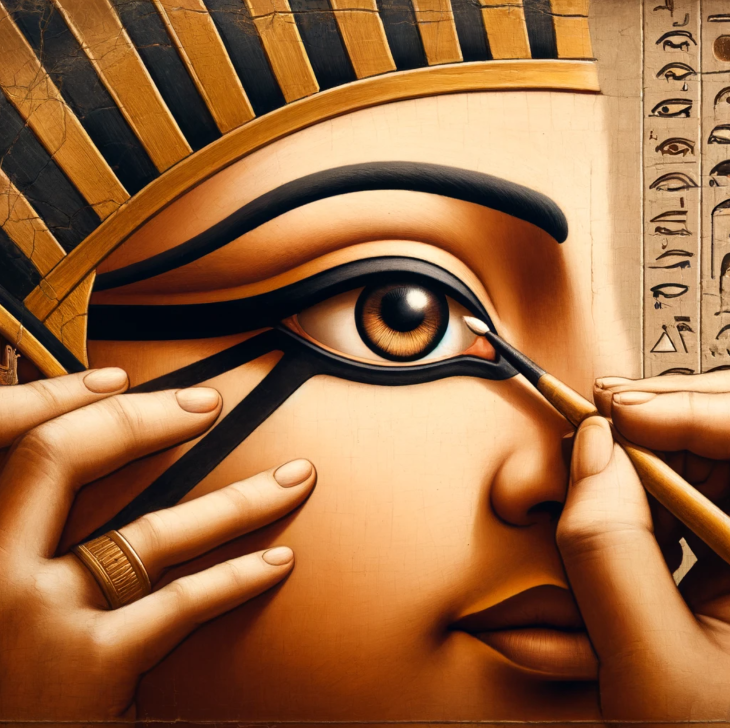
The practice dates back to around 3500 BCE, indicating a long-standing tradition that was deeply embedded in their culture. The aesthetic appeal of kohl cannot be understated. The Egyptians valued beauty and considered it a reflection of divine order. The striking black lines around the eyes accentuated their features and were believed to enhance attractiveness. Artistic depictions of gods and goddesses often featured elaborately painted eyes, emphasizing the divine association with beauty.
Practical Benefits:
Roman concrete, made from a mix of volcanic ash, lime, and seawater, has proven to be incredibly durable, with structures like the Pantheon still standing today. This ancient recipe teaches us about the value of sustainable and resilient building materials. The basic principles of Roman concrete have influenced modern concrete technology. The use of volcanic ash in Roman concrete has inspired research into more durable and sustainable concrete mixtures today.
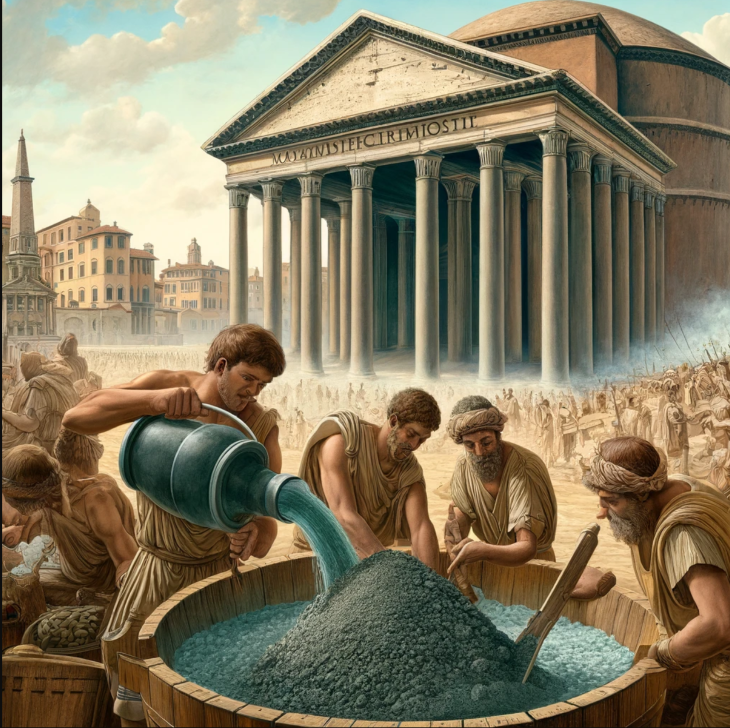
Acupuncture, developed over 2,000 years ago in China, involves inserting thin needles into specific points on the body to balance the flow of energy (or Qi) and promote healing. Acupuncture is rooted in Traditional Chinese Medicine (TCM), which views health as a harmonious balance of energies within the body. The earliest records of acupuncture date back to the Huangdi Neijing (The Yellow Emperor's Classic of Internal Medicine, 475-221 BC).
Acupuncture is widely recognized for its effectiveness in alleviating various types of pain, including chronic pain, migraines, and arthritis. By targeting specific points that influence the nervous system, acupuncture can help reduce stress and anxiety. Acupuncture promotes overall well-being, addressing not just physical ailments but also mental and emotional health.
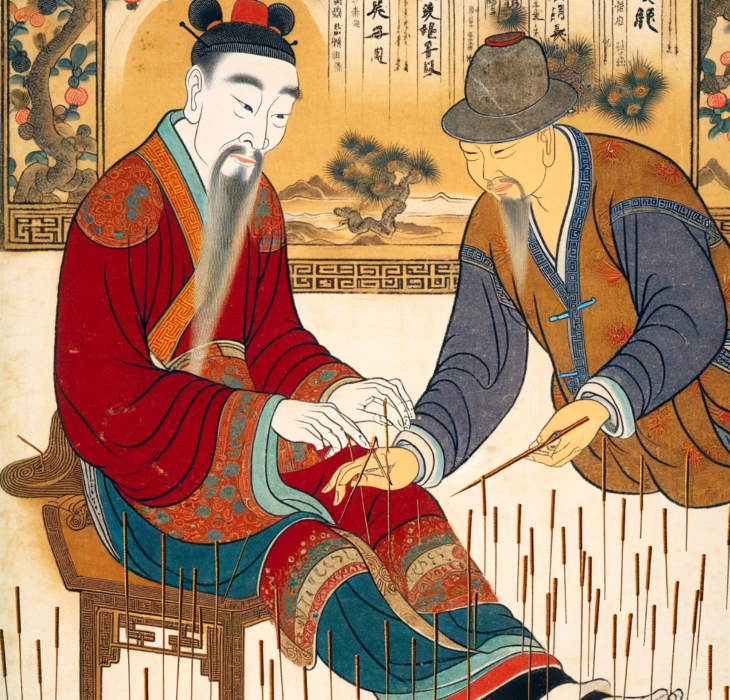
Modern Application:
Ancient Athens is often credited with developing the first democracy, a system where citizens participated directly in decision-making processes.
Historical Context: Athenian democracy emerged in the 5th century BCE, involving direct participation from citizens in the Assembly, where they voted on laws and policies. Key features included:

Principles of Greek Democracy:
Today, we can still see the influence of Ancient Greek Democracy:
The ancient Persians were innovative engineers, particularly adept at adapting their infrastructure to the harsh desert environment. One of their most remarkable inventions was the yakhchal, an ancient form of refrigeration that allowed them to store ice and preserve food in the arid climate of Persia (modern-day Iran). The yakhchal, which translates to "ice pit," dates back to around 400 BCE. These structures were used extensively throughout Persia to provide a cool storage space during the scorching summer months. They are an excellent example of ancient ingenuity in sustainable architecture. Yakhchals were large, dome-shaped structures made from a special mortar called sarooj, a mix of sand, clay, egg whites, lime, goat hair, and ash. This material was highly insulating and waterproof.
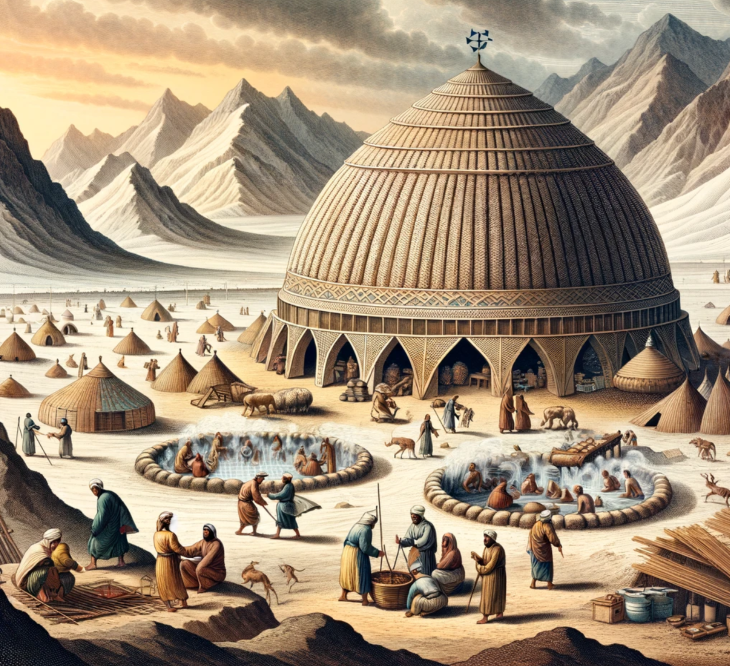
The main storage area of the yakhchal was underground, where temperatures were naturally cooler. This subterranean chamber could maintain temperatures below freezing even in the heat of summer.Yakhchals often featured wind catchers—tall, chimney-like structures that directed cool air down into the storage area. These wind catchers harnessed the natural airflow to enhance the cooling effect.
Evaporative Cooling: The walls of the yakhchal were thick, and sometimes water was poured over them to enhance cooling through evaporation. This method of evaporative cooling was a precursor to modern refrigeration technology.In winter, ice was collected from nearby mountains or produced by channeling water into shallow pools, where it would freeze overnight. The ice was then transported to the yakhchal and stored for use throughout the year.
Ayurveda, an ancient system of medicine from India, dates back over 3,000 years. It emphasizes a holistic approach to health, focusing on balance within the body, mind, and spirit. Ayurvedic practices include dietary guidelines, herbal remedies, yoga, meditation, and massage, all aimed at promoting overall well-being.

Modern Application: Ayurveda has experienced a resurgence in popularity as people seek natural and holistic approaches to health and wellness. Modern integrative medicine often incorporates Ayurvedic principles, recognizing the benefits of a balanced lifestyle, stress management, and natural remedies. Practices such as yoga and meditation are widely accepted and recommended for their physical and mental health benefits. Ayurveda's focus on preventive care and maintaining balance can inspire us to adopt healthier lifestyles and consider alternative therapies alongside conventional medicine.
The Incas were adept at farming in the challenging mountainous terrain of the Andes. They constructed terraced farms, which transformed steep slopes into productive agricultural land. These terraces helped prevent soil erosion, manage water resources efficiently, and create microclimates suitable for a variety of crops.
Modern Application: Terracing remains a valuable agricultural technique, especially in hilly or mountainous regions. Modern farmers use terraces to reduce soil erosion, conserve water, and maximize arable land. Additionally, terracing can enhance biodiversity and improve crop yields by creating different growing conditions within a single area. The principles of sustainable land management and environmental stewardship embodied by Incan terraces are increasingly important as we seek to develop more sustainable agricultural practices to feed a growing global population.
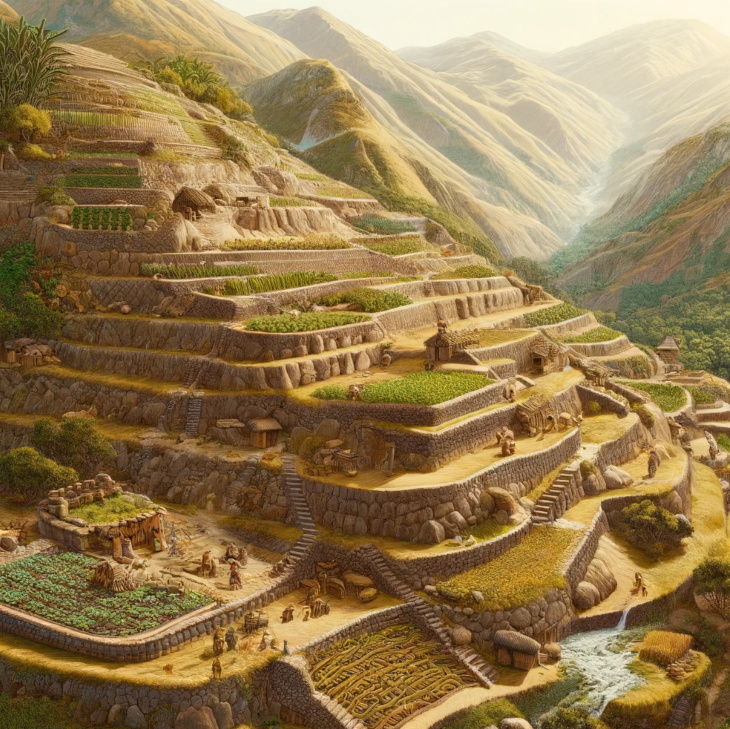
By exploring and adapting these ancient innovations, we can draw inspiration from the resourcefulness and ingenuity of our ancestors, applying their wisdom to address contemporary challenges in practical and sustainable ways.